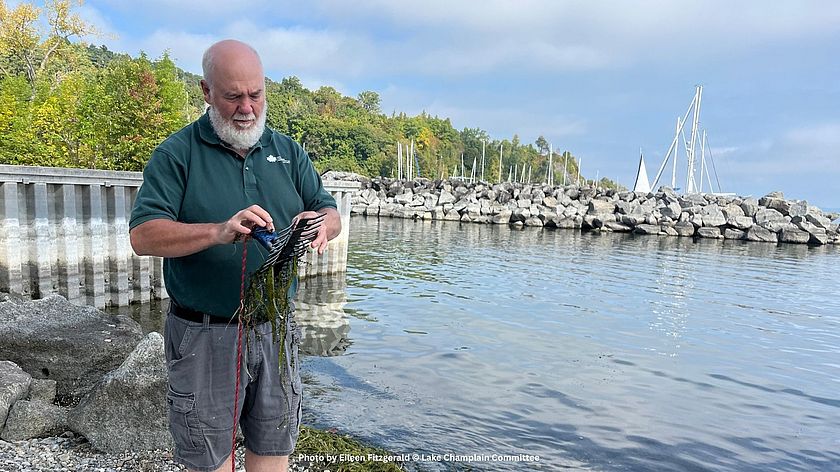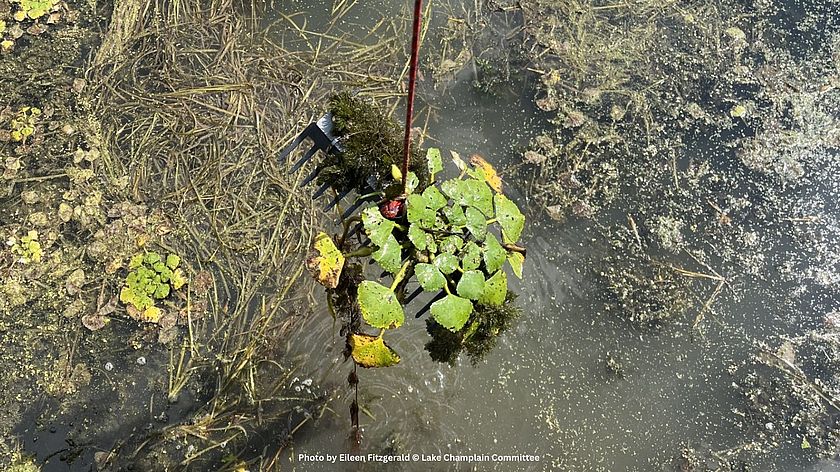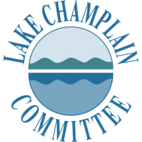Surveying for Aquatic Invasive Species with CHAMP
LCC Summer's End 2024 ENews
Lake Champlain currently has 51 known aquatic non-native and invasive species of plants, fish, mussels, and other freshwater dwellers. They alter food webs by outcompeting natives for food sources, disrupting predator-prey relationships, and altering the overall abundance and diversity of organisms within an ecosystem, often leading to declines in native species populations and potential cascading effects throughout the food web. They can shift what and how much organisms eat, disrupting the balance of the food chain and can alter habitat, impede recreation, and damage local and regional economies.
Humans have the greatest influence on AIS spread as they often hitchhike aboard boats, fishing gear, or other recreational equipment (they can attach to the soles of wading boots) or get into waterways through live bait dumping, aquarium releases (don’t flush plants down the toilet) and ballast water discharge. See our Clean Lake Tip for the clean, drain, dry principles to follow when recreating. A great way to help with AIS spread prevention is to join LCC’s Champlain AIS Monitoring Program-CHAMP.

CHAMP volunteers walk or boat along a shoreline site, rake in samples of aquatic life, and report their findings of key target invasive species to LCC three times during the summer and fall. The information gathered by dedicated CHAMP volunteers provides critical data on where aquatic invasive species are and aren’t established. Surveys also aid in early detection and rapid response to new invaders -- we train volunteers in identification of “watch list” invasives that have been reported in the Hudson River and other nearby waterbodies but haven’t been confirmed in Lake Champlain.
LCC provides training, equipment, and ongoing support for successful surveying. Recent on-site sessions held in Shelburne VT and Plattsburgh, Peru, Port Henry, and Whitehall NY affirmed the importance of getting more eyes on the water. We discovered spreading populations of water chestnut (and reported them to state partners and initiated follow up actions), along with sites encrusted in zebra mussels and dominated by Eurasian watermilfoil. We also detected some lesser-known invasives such as brittle naiad.

Information on new populations is shared with partners and triggers management actions to remove certain AIS before they become established or extend their range and informs research.
You can still get involved with CHAMP this year and help us fill some data gaps before the snow flies. Visit our sign-up page or contact LCC’s Education and Outreach Associate Eileen Fitzgerald at eileenf@lakechamplaincommittee.org and lcc@lakechamplaincommittee.org to learn more. We will schedule additional on-site trainings based on the location of new recruits.
